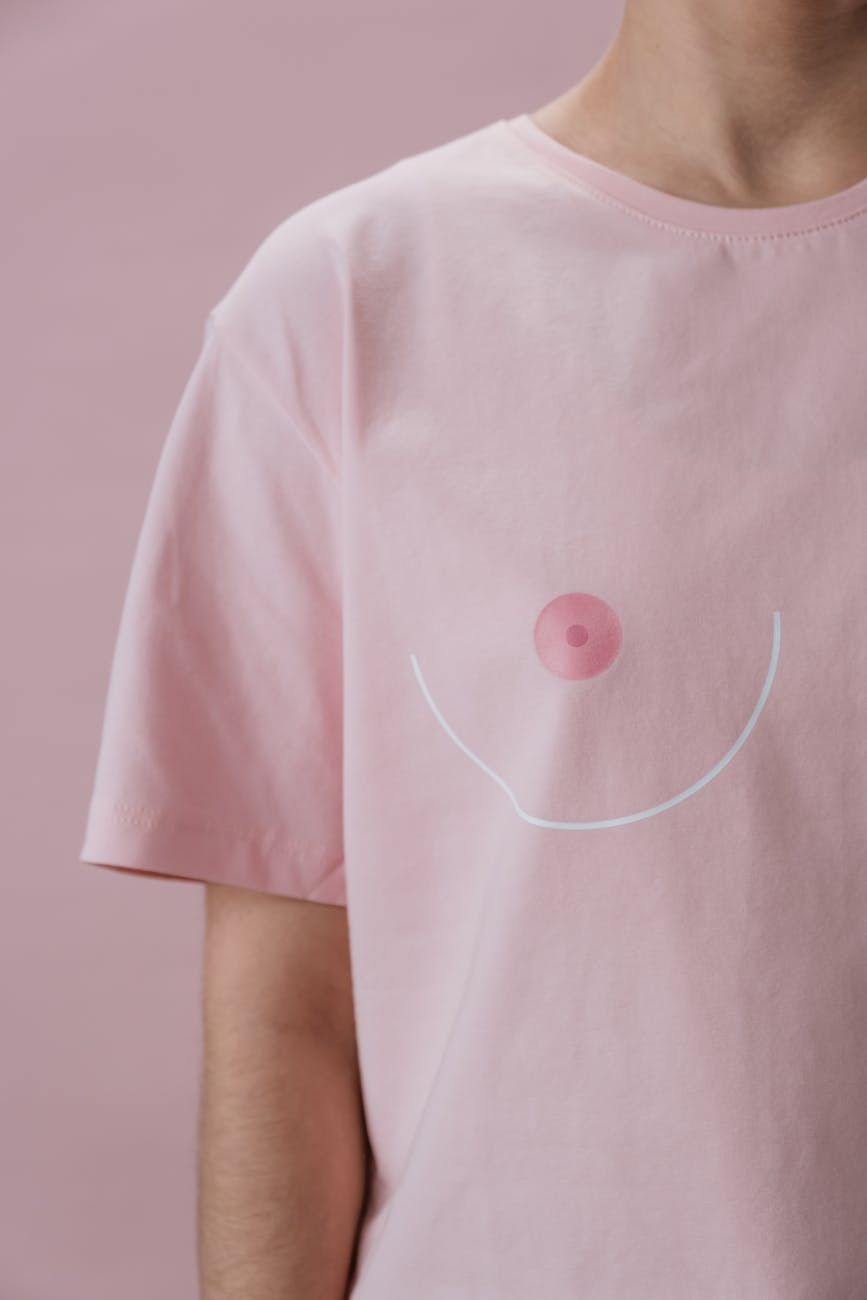
She thought it was about size. It wasn’t.
She thought breast surgery meant going bigger.
She didn’t know some people choose to go smaller.
She didn’t know how different the reasons were.
Or how the decisions were never really about numbers.
They were about weight.
About shape.
About how it felt to live in a body all day.
One adds weight. The other removes it.
Augmentation adds volume.
Fills what feels empty.
Sometimes for curves.
Sometimes for confidence.
Reduction takes weight away.
Eases strain.
Makes motion easier.
Makes space for breath.
They asked, “What are you hoping to change?”
She didn’t say cup size.
She said discomfort.
She said neck pain.
She said shoulder grooves from heavy bras.
He heard that and knew.
This wasn’t cosmetic.
This was relief.
She wasn’t trying to look younger. Just balanced.
Her left breast was larger.
Always had been.
Bras never fit quite right.
She didn’t want implants.
Just symmetry.
Just even weight on both sides.
They said that wasn’t unusual.
And could be corrected.
Bigger isn’t always about looks
Some choose augmentation after weight loss.
Or after breastfeeding.
Or just because they always wanted more curve.
It’s not for attention.
Not always for anyone else.
Just to feel full where it felt flat.
To stop adjusting clothes every day.
Smaller isn’t always about pain
Some want reduction without back problems.
They just want less bounce when they run.
Or less heaviness in the mirror.
Or to fit into button-up shirts.
It’s not always medical.
But it’s still valid.
Scars come in different places—but both surgeries leave them
With implants, incisions hide under the breast.
Sometimes through the armpit.
Sometimes around the areola.
With reduction, it’s often vertical.
Sometimes anchor-shaped.
More visible.
But still heal.
Still fade.
One stretches skin. The other removes it.
Augmentation makes room.
The skin expands to hold the implant.
Sometimes slowly.
Sometimes quickly.
Reduction takes skin away.
And gland.
And fat.
What’s left is reshaped and lifted.
So it can hold itself.
She thought recovery would be the same. It wasn’t.
After augmentation, she felt pressure.
Tightness.
The chest felt full.
Strange at first.
Not painful, but present.
Reduction felt lighter.
But sore.
Drains.
Dressings.
More maintenance.
Different healing.
They didn’t feel the difference in mirrors—they felt it in motion
One noticed it climbing stairs.
One noticed it jogging.
One noticed how easily clothes slipped on.
The other noticed how bras didn’t need padding.
How nothing shifted.
Everything just stayed in place.
They both smiled at different things.
She wasn’t sure if she should remove the implants
It had been ten years.
They still looked fine.
But they didn’t feel like her anymore.
She missed softness.
Missed the quiet.
Missed not thinking about them.
So she decided to let them go.
He said it’s about who you are now—not who you were
Bodies change.
Wants change.
The girl who wanted bigger breasts at 23
wasn’t the same at 37.
And that’s okay.
Both choices were right—just at different times.
There are risks in both. Different, but real.
Implants can rupture.
Or harden.
Or shift.
Reduction can lose sensation.
Or cause scarring.
Or asymmetry.
Neither is without risk.
But living in discomfort is a risk too.
Breast surgery doesn’t owe you perfection
No result is exact.
There’s no guarantee of “ideal.”
There’s only closer to what feels like you.
Closer to comfort.
To confidence.
To peace with your shape.
The consultation changes everything
She thought she needed augmentation.
But the surgeon showed her a lift.
She didn’t need more.
She needed repositioning.
Less volume, not more.
They guided her.
Not with sales.
But with options.
You can revise, but you don’t always need to
Augmentations can be revised.
Swapped.
Reduced.
Removed.
Reductions are more permanent.
But breasts still age.
Still shift.
That’s normal.
That doesn’t mean failure.
Not every surgeon is right for both
Some specialize in implants.
Some in lifts.
Some in reductions.
Technique matters.
So does listening.
So does understanding why you’re there.
That makes all the difference.
No one else needs to understand your choice
You don’t have to explain.
Not to friends.
Not to partners.
Not to family.
This isn’t about them.
It’s about your skin.
Your weight.
Your reflection.
